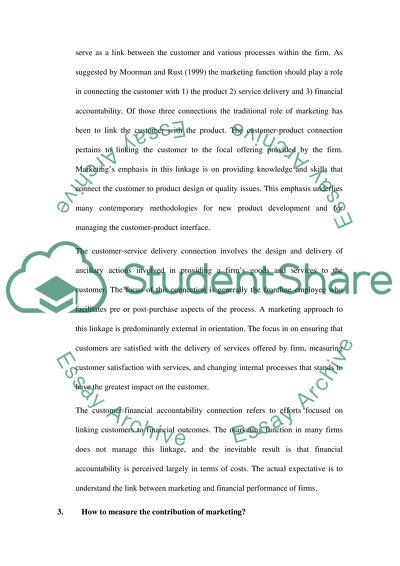Cite this document
(The Contribution that the Marketing Concept Can Make to the Overall Assignment, n.d.)
The Contribution that the Marketing Concept Can Make to the Overall Assignment. Retrieved from https://studentshare.org/marketing/1533471-marketing-management-experimentation-and-change
The Contribution that the Marketing Concept Can Make to the Overall Assignment. Retrieved from https://studentshare.org/marketing/1533471-marketing-management-experimentation-and-change
(The Contribution That the Marketing Concept Can Make to the Overall Assignment)
The Contribution That the Marketing Concept Can Make to the Overall Assignment. https://studentshare.org/marketing/1533471-marketing-management-experimentation-and-change.
The Contribution That the Marketing Concept Can Make to the Overall Assignment. https://studentshare.org/marketing/1533471-marketing-management-experimentation-and-change.
“The Contribution That the Marketing Concept Can Make to the Overall Assignment”, n.d. https://studentshare.org/marketing/1533471-marketing-management-experimentation-and-change.


